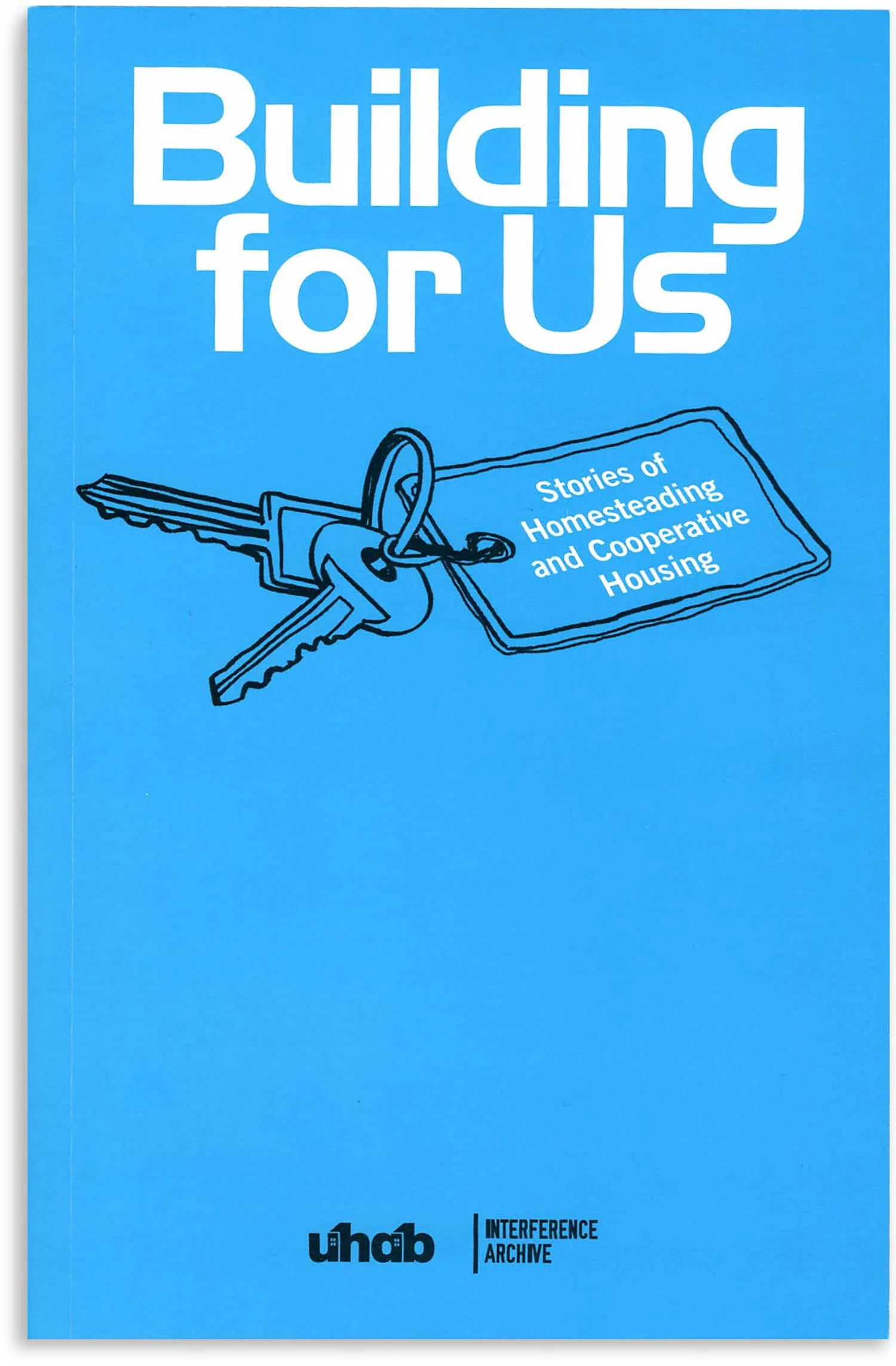Brooklyn: The Once and Future City
Reviewed by Jocelyn Wills
In his latest book on city planning and the built environment, Thomas J. Campanella tackles the history of his hometown, Brooklyn, once, and until the consolidation of New York City’s five boroughs in 1898, the fourth-largest city in the United States. In 18 chronological episodes, Campanella follows Brooklyn’s history from the 17th-century encounter between the native Leni Lenape and immigrant Dutch, through its revolutionary experience, and on to its 19th-century rise and 20th-century decline as a major urban-industrial zone. Following a discussion of Brooklyn’s demise during the turbulent 1950s-1970s, Campanella then provides a short epilogue that considers the borough’s more recent revivification as a hot-spot of gentrification. Brooklyn: The Once and Future City thus joins a growing number of scholarly works attempting to rescue Brooklyn from is historic treatment as a “city of homes and churches” and America’s “first suburb.” Indeed, over the past twenty years, excellent monographs employing Brooklyn as a significant site for scholarly inquiry have finally begun to replace the coffee-table books that long lined the two or three shelves that New York City bookstores devoted to Brooklyn and Kings County.
Read More








